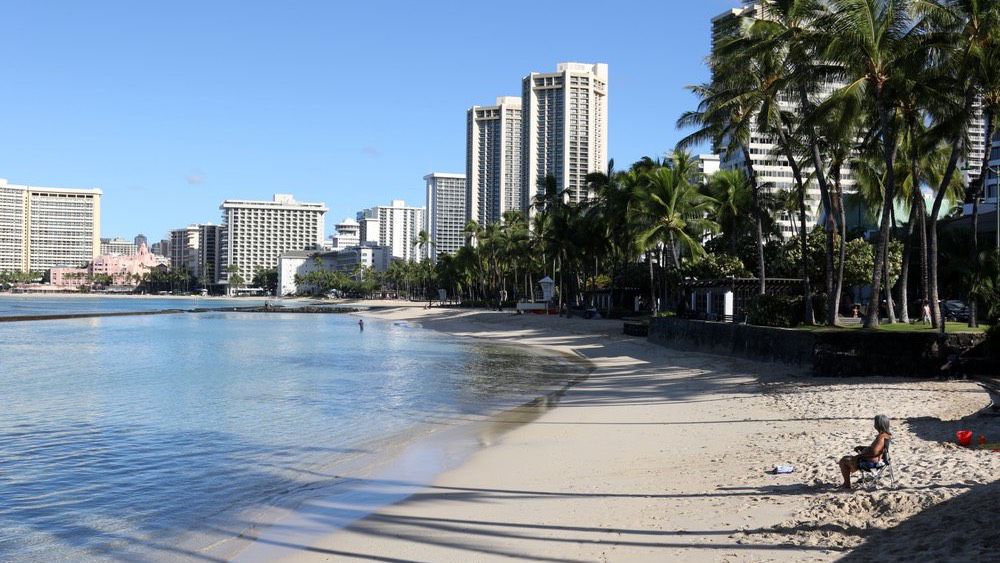Emerging from the winter omicron wave and in anticipation of international visitors returning as COVID-19 cases recede in Asia, Hawaii’s economy should experience moderately strong growth, according to the University of Hawaii Economic Research Organization’s 2022 second-quarter forecast.
However, UHERO warns that worsening global conditions could compromise those forecasted gains.
“Were it not for the anticipated return of international visitors, we would be marking down our forecasts because of the combined effects of war, inflation, supply bottlenecks, and pending fed interest rate hikes,” a UHERO report summary released on Thursday stated. “While we think ongoing tourism recovery will offset these forces in Hawaiʻi, they nevertheless represent an increasing recession risk.”
UHERO noted that Hawaii tourism recovered quickly after the omicron wave receded, but the recent BA.2 wave has delayed the return of visitors from Asia. The relative weakness of the yen plus increased travel costs could also inhibit travel from Asia. Still, UHERO predicts that overall visitor arrivals will exceed 90% of pre-pandemic levels by the end of the year and visitor spending will be a third higher than 2021 as higher-spending international visitors return.
While the labor market is improving, UHERO reports that Oahu’s declining population has kept the pool of workers below pre-pandemic levels.
Inflation continues to be a significant concern, raising household expenses by an average of $3,600 and increasing business costs. Hawaii’s 7.5% inflation rate in March is lower than the national average but is still expected to slow economic growth over the next couple of years.
UHERO also reports that the end of pandemic-related financial support plus inflation has caused real personal income in the state to fall. The organization predicts a 5% reduction for 2022.
On the real estate front, UHERO said homebuyers “are being squeezed by surging home prices and mortgage rates that have risen by more than 2 percentage points since last summer.” Rent has also risen significantly.
Despite this, UHERO reports that public construction prospects are “robust” due to numerous state and federal projects.
Michael Tsai covers local and state politics for Spectrum News Hawaii.



